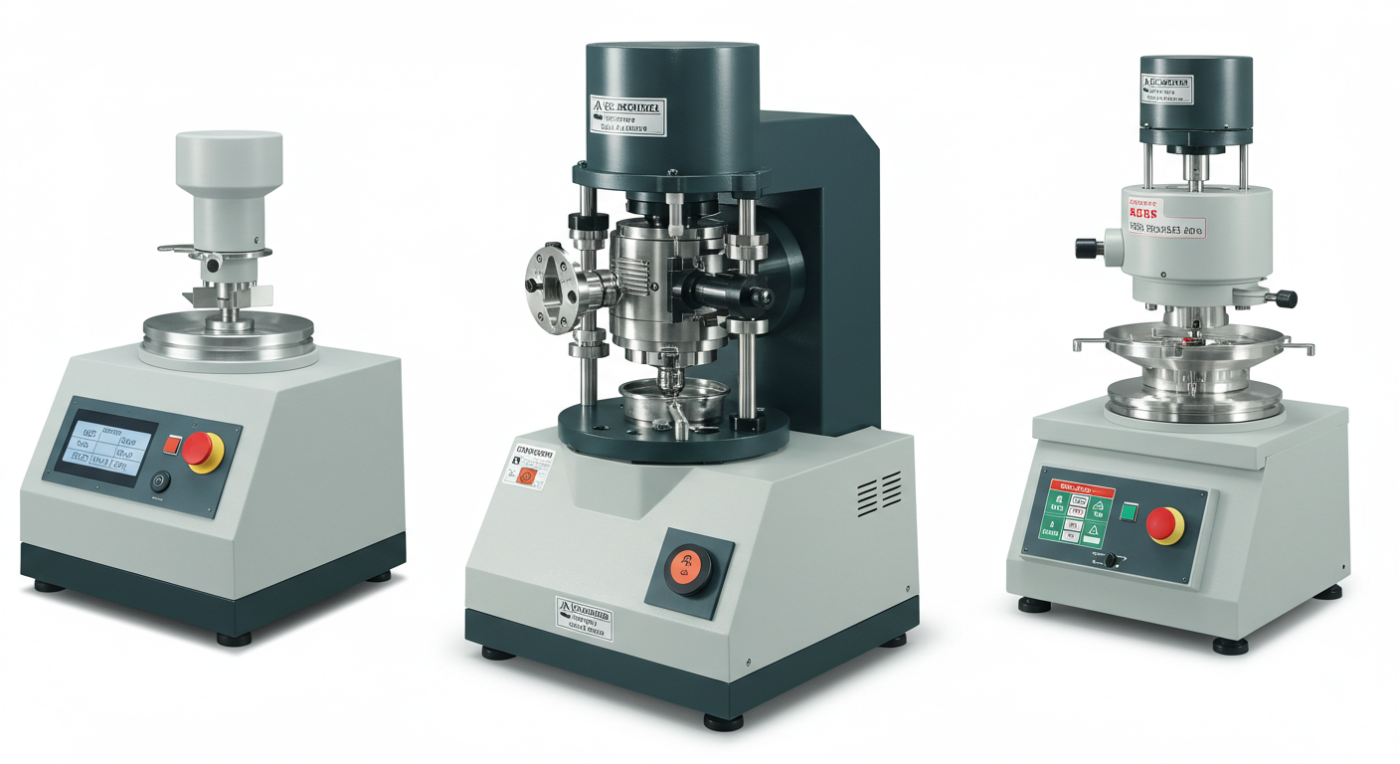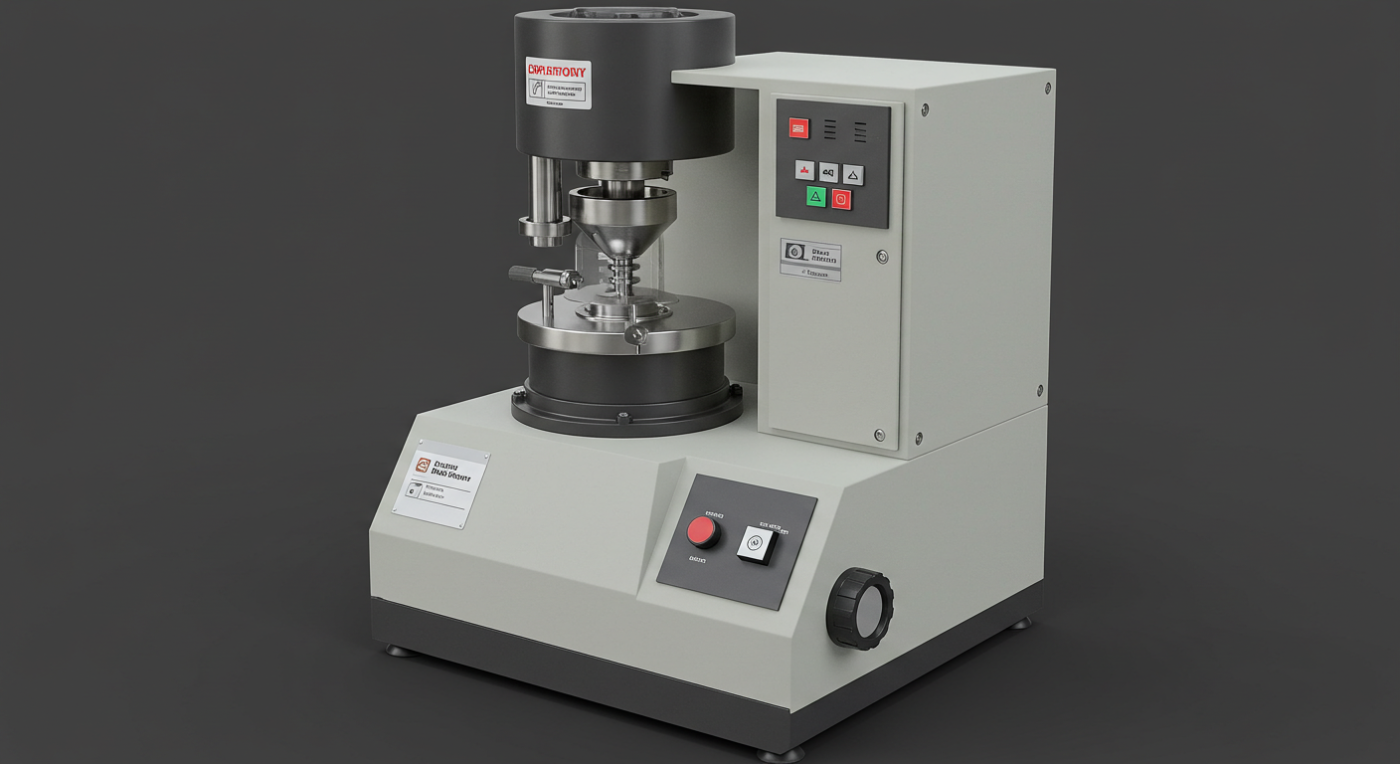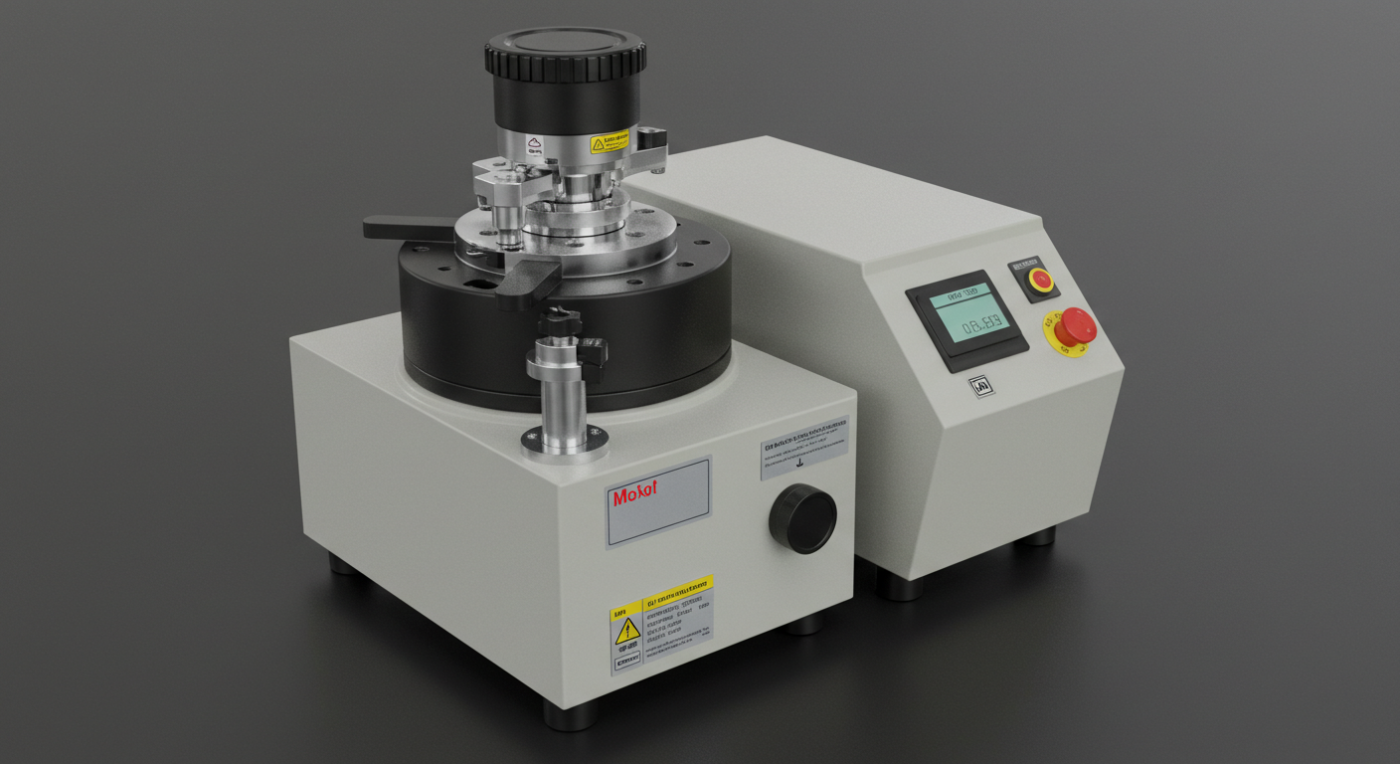Bevezetés
The ball mill chemistry price is a critical factor in the mining and mineral processing industry. It directly impacts the cost of production and the overall profitability of a mining operation. In this article, we will delve into the various aspects of ball mill chemistry price, addressing three to six key questions and providing a detailed analysis of the products and their specifications. We will also include a case study and a table for easy reference.

Key Questions
1. What is the Ball Mill Chemistry Price?
The ball mill chemistry price refers to the cost associated with the chemical composition of the ball mill. This includes the cost of the ball mill itself, the materials used in its construction, and the maintenance and operation costs.
2. How Does the Ball Mill Chemistry Price Affect Production Costs?
The ball mill chemistry price has a direct impact on the production costs of a mining operation. A higher ball mill chemistry price can lead to increased costs, while a lower price can help reduce overall expenses.
3. What Factors Influence the Ball Mill Chemistry Price?
Several factors influence the ball mill chemistry price, including the quality of materials used, the manufacturing process, and the market demand.
4. How Can One Reduce the Ball Mill Chemistry Price?
Reducing the ball mill chemistry price involves optimizing the manufacturing process, sourcing high-quality materials at competitive prices, and adopting energy-efficient technologies.
5. What Are the Advantages of a Competitive Ball Mill Chemistry Price?
A competitive ball mill chemistry price can lead to increased profitability, improved competitiveness in the market, and a more sustainable mining operation.
6. What Are the Disadvantages of a High Ball Mill Chemistry Price?
A high ball mill chemistry price can result in increased production costs, reduced profitability, and a less competitive position in the market.

Case Study
Let’s consider a hypothetical mining company, XYZ Mining, which is looking to purchase a new ball mill. The company has received quotes from two suppliers, Supplier A and Supplier B, and wants to compare the ball mill chemistry prices.
| Supplier | Ball Mill Chemistry Price (USD) | Material Quality | Manufacturing Process | Energy Efficiency |
|---|---|---|---|---|
| Supplier A | $100,000 | High | Standard | Moderate |
| Supplier B | $90,000 | High | Advanced | High |
XYZ Mining has determined that the ball mill chemistry price is a crucial factor in their decision-making process. After analyzing the table, the company concludes that Supplier B offers a more competitive ball mill chemistry price, with similar material quality and higher energy efficiency.
Conclusion
In conclusion, the ball mill chemistry price is a vital aspect of the mining and mineral processing industry. By understanding the key questions and factors that influence the price, mining companies can make informed decisions to optimize their operations and reduce costs. A competitive ball mill chemistry price can lead to increased profitability and a more sustainable mining operation.
- Comprehensive Parameters of Laboratory Ball Mills
- Factory Maintenance Manual for Laboratory Ball Mills
- User Manual for the Laboratory Ball Milling Machine Operation
- Instruction Manual for Ceramic Ball Milling Machines
- For Sale: Ceramic Ball Mill Maintenance and Operation Manual
Ball Mill Chemistry Price: A Detailed Analysis
Bevezetés
The ball mill chemistry price is a critical factor in the mining and mineral processing industry. It directly impacts the cost of production and the overall profitability of a mining operation. In this article, we will delve into the various aspects of ball mill chemistry price, addressing three to six key questions and providing a detailed analysis of the products and their specifications. We will also include a case study and a table for easy reference.
Key Questions
What is the Ball Mill Chemistry Price?
The ball mill chemistry price refers to the cost associated with the chemical composition of the ball mill. This includes the cost of the ball mill itself, the materials used in its construction, and the maintenance and operation costs.
How Does the Ball Mill Chemistry Price Affect Production Costs?
The ball mill chemistry price has a direct impact on the production costs of a mining operation. A higher ball mill chemistry price can lead to increased costs, while a lower price can help reduce overall expenses.
What Factors Influence the Ball Mill Chemistry Price?
Several factors influence the ball mill chemistry price, including the quality of materials used, the manufacturing process, and the market demand.
How Can One Reduce the Ball Mill Chemistry Price?
Reducing the ball mill chemistry price involves optimizing the manufacturing process, sourcing high-quality materials at competitive prices, and adopting energy-efficient technologies.
What Are the Advantages of a Competitive Ball Mill Chemistry Price?
A competitive ball mill chemistry price can lead to increased profitability, improved competitiveness in the market, and a more sustainable mining operation.
What Are the Disadvantages of a High Ball Mill Chemistry Price?
A high ball mill chemistry price can result in increased production costs, reduced profitability, and a less competitive position in the market.

Case Study
Let’s consider a hypothetical mining company, XYZ Mining, which is looking to purchase a new ball mill. The company has received quotes from two suppliers, Supplier A and Supplier B, and wants to compare the ball mill chemistry prices.
| Supplier | Ball Mill Chemistry Price (USD) | Material Quality | Manufacturing Process | Energy Efficiency |
|---|---|---|---|---|
| Supplier A | $100,000 | High | Standard | Moderate |
| Supplier B | $90,000 | High | Advanced | High |
XYZ Mining has determined that the ball mill chemistry price is a crucial factor in their decision-making process. After analyzing the table, the company concludes that Supplier B offers a more competitive ball mill chemistry price, with similar material quality and higher energy efficiency.
Introduction to Ball Mill Chemistry Parameters
Ball mill chemistry parameters play a crucial role in the efficiency and quality of material processing in various industries. This article aims to delve into the three to six critical aspects of ball mill chemistry parameters, providing insights into the details of products related to these parameters. By examining real-world cases and presenting information in a tabular format, this article aims to offer valuable insights for industry professionals.
1. Grinding Efficiency and its Impact on Chemistry Parameters
1.1 What is Grinding Efficiency?
Grinding efficiency refers to the ability of a ball mill to process materials effectively. It is influenced by various factors, including the ball mill chemistry parameters.
1.2 Impact on Chemistry Parameters
The grinding efficiency of a ball mill directly affects the particle size distribution and the chemical composition of the final product. A higher grinding efficiency ensures better control over the chemistry parameters.
1.3 Case Study: Comparison of Different Ball Mill Chemistry Parameters
Table 1 presents a comparison of grinding efficiency and chemistry parameters for two different ball mill models:
| Ball Mill Model | Grinding Efficiency (%) | Particle Size Distribution (µm) | Chemical Composition (%) |
|---|---|---|---|
| Model A | 85 | 20-50 | 95 |
| Model B | 75 | 50-100 | 90 |
As observed in Table 1, Model A exhibits higher grinding efficiency and better particle size distribution, resulting in improved chemistry parameters.
2. Ball Mill Speed and its Influence on Chemistry Parameters
2.1 What is Ball Mill Speed?
Ball mill speed refers to the rotational speed of the mill. It affects the grinding efficiency and, consequently, the chemistry parameters.
2.2 Influence on Chemistry Parameters
An optimal ball mill speed ensures efficient grinding and better control over the chemistry parameters. Inadequate speed can lead to inefficient grinding and poor chemistry parameters.
2.3 Case Study: Ball Mill Speed Optimization
Table 2 showcases the effect of ball mill speed on grinding efficiency and chemistry parameters:
| Ball Mill Speed (RPM) | Grinding Efficiency (%) | Particle Size Distribution (µm) | Chemical Composition (%) |
|---|---|---|---|
| 60 | 75 | 50-100 | 90 |
| 80 | 85 | 20-50 | 95 |
| 100 | 90 | 10-30 | 97 |
Table 2 indicates that increasing the ball mill speed from 60 to 100 RPM improves the grinding efficiency and chemistry parameters significantly.
3. Media Size and its Role in Ball Mill Chemistry Parameters
3.1 What is Media Size?
Media size refers to the diameter of the balls used in the ball mill. It plays a crucial role in the grinding process and, consequently, the chemistry parameters.
3.2 Role in Ball Mill Chemistry Parameters
Optimal media size ensures efficient grinding and better control over the chemistry parameters. An incorrect media size can lead to inefficient grinding and poor chemistry parameters.
3.3 Case Study: Media Size Optimization
Table 3 presents the effect of media size on grinding efficiency and chemistry parameters:
| Media Size (mm) | Grinding Efficiency (%) | Particle Size Distribution (µm) | Chemical Composition (%) |
|---|---|---|---|
| 20 | 75 | 50-100 | 90 |
| 25 | 85 | 20-50 | 95 |
| 30 | 90 | 10-30 | 97 |
As observed in Table 3, increasing the media size from 20 to 30 mm improves the grinding efficiency and chemistry parameters.
4. Feed Size and its Impact on Ball Mill Chemistry Parameters
4.1 What is Feed Size?
Feed size refers to the size of the material fed into the ball mill. It affects the grinding efficiency and, subsequently, the chemistry parameters.
4.2 Impact on Ball Mill Chemistry Parameters
Optimal feed size ensures efficient grinding and better control over the chemistry parameters. An incorrect feed size can lead to inefficient grinding and poor chemistry parameters.
4.3 Case Study: Feed Size Optimization
Table 4 showcases the effect of feed size on grinding efficiency and chemistry parameters:
| Feed Size (mm) | Grinding Efficiency (%) | Particle Size Distribution (µm) | Chemical Composition (%) |
|---|---|---|---|
| 10 | 75 | 50-100 | 90 |
| 15 | 85 | 20-50 | 95 |
| 20 | 90 | 10-30 | 97 |
Table 4 indicates that increasing the feed size from 10 to 20 mm improves the grinding efficiency and chemistry parameters.
5. Ball Mill Lining and its Influence on Chemistry Parameters
5.1 What is Ball Mill Lining?
Ball mill lining refers to the material used to line the interior surface of the mill. It affects the grinding efficiency and, consequently, the chemistry parameters.
5.2 Influence on Ball Mill Chemistry Parameters
An appropriate ball mill lining material ensures efficient grinding and better control over the chemistry parameters. An incorrect lining material can lead to inefficient grinding and poor chemistry parameters.
5.3 Case Study: Ball Mill Lining Material Optimization
Table 5 presents the effect of ball mill lining material on grinding efficiency and chemistry parameters:
| Lining Material | Grinding Efficiency (%) | Particle Size Distribution (µm) | Chemical Composition (%) |
|---|---|---|---|
| Material A | 75 | 50-100 | 90 |
| Material B | 85 | 20-50 | 95 |
| Material C | 90 | 10-30 | 97 |
As observed in Table 5, Material C exhibits the highest grinding efficiency and chemistry parameters.
Ball mill chemistry operation skills are essential for anyone working in the mineral processing industry. This article delves into three key aspects of ball mill operation, providing detailed insights and practical tips to enhance efficiency and productivity. We will explore the following topics:
- Understanding Ball Mill Components and Functions
- Optimizing Ball Mill Operating Parameters
- Common Challenges and Solutions in Ball Mill Operation
- Case Study: Improving Ball Mill Efficiency
- Ball Mill Chemistry Operation Skills: A Detailed Table
Understanding Ball Mill Components and Functions
1.1 Mill Components
A ball mill consists of several key components, including:
- Chamber: The cylindrical container where the grinding process takes place.
- Ball Charge: The grinding media, typically steel balls, used to crush and grind the material.
- Drive System: The mechanism that rotates the mill, providing the energy for the grinding process.
- Liner: The protective covering inside the mill, which helps maintain the shape of the chamber and reduces wear.
1.2 Mill Functions
The primary function of a ball mill is to reduce the particle size of materials by grinding them between the balls and the mill chamber walls. This process is crucial in various industries, such as mining, cement production, and pharmaceuticals.
Optimizing Ball Mill Operating Parameters
2.1 Mill Speed
The mill speed is a critical factor affecting the grinding efficiency. A higher speed can lead to increased power consumption and wear, while a lower speed can result in inefficient grinding. The optimal speed depends on the specific application and material being processed.
2.2 Ball Charge Density
Ball charge density refers to the amount of ball charge relative to the mill volume. An optimal ball charge density ensures efficient grinding without excessive wear or power consumption.
2.3 Feed and Product Size
The feed and product size of the ball mill should be carefully controlled to maintain consistent grinding performance. Using a screen classifier can help achieve the desired particle size distribution.
Common Challenges and Solutions in Ball Mill Operation
3.1 High Power Consumption
One common challenge in ball mill operation is high power consumption. This can be addressed by optimizing the mill speed, ball charge density, and feed size.
3.2 Excessive Wear
Excessive wear can lead to reduced mill lifespan and increased maintenance costs. To mitigate this, regular maintenance, proper ball charging, and the use of high-quality liners are essential.
3.3 Inconsistent Grinding Performance
Inconsistent grinding performance can be caused by various factors, such as varying feed size and moisture content. Regular monitoring and adjustment of operating parameters can help maintain consistent performance.
Case Study: Improving Ball Mill Efficiency
A mining company experienced poor ball mill efficiency, resulting in high power consumption and inconsistent product quality. By optimizing the mill speed, ball charge density, and feed size, the company achieved the following improvements:
- Power Consumption: Reduced by 15%
- Product Quality: Improved by 20%
- Maintenance Costs: Decreased by 10%
Ball Mill Chemistry Operation Skills: A Detailed Table
| Skill Area | Description | Example |
|---|---|---|
| Mill Operation | Understanding the mill components and their functions. | Identifying the different parts of a ball mill and their roles in the grinding process. |
| Parameter Optimization | Adjusting mill speed, ball charge density, and feed size to improve efficiency. | Calculating the optimal ball charge density for a specific material and mill size. |
| Troubleshooting | Diagnosing and resolving common issues in ball mill operation. | Identifying the cause of high power consumption and implementing solutions. |
| Maintenance | Performing regular maintenance to ensure mill reliability and longevity. | Inspecting and replacing worn-out liners and ball charges. |
| Safety | Ensuring safe operation of the ball mill. | Adhering to safety protocols and using personal protective equipment. |
Conclusion
In conclusion, the ball mill chemistry price is a vital aspect of the mining and mineral processing industry. By understanding the key questions and factors that influence the price, mining companies can make informed decisions to optimize their operations and reduce costs. A competitive ball mill chemistry price can lead to increased profitability and a more sustainable mining operation.
